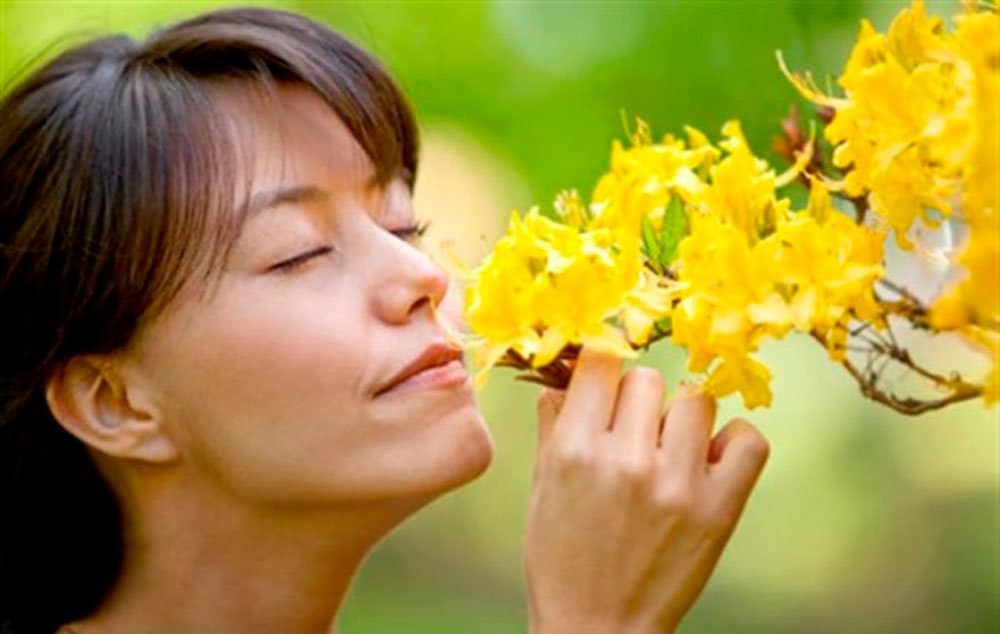What is known as sensory tourism allows people with visual impairments to enjoy attractions through other senses such as touch or smell. This is the type of concept Brazil’s Tourism Ministry has been working on in several of its most iconic cities.
The Botanical Garden of Rio de Janeiro, for example, invites visitors to come into contact with orchids as well as basil, rosemary, sage and mint seedlings with all their different textures and smells, especially arranged to stimulate the senses.
Marcelle Silveira, director of Environmental Education at the Brasilia Zoo, said that every two weeks they offer walks for groups of up to 15 people, where visitors are allowed to touch the animals.
According to Viviane Lemes, a travel agency owner, tour itineraries linked to coffee and the taste and aroma of traditional drinks were well received in a recent pilot visit to a farm in Araguari in the State of Minas Gerais.
The agency organized a tour with a visually impaired group, which allowed them to experience the stages of coffee production: harvesting, drying yards, pulped coffee, the bean selection process, the levels of roasting, and even tasting the quality of the drink.
Also along these lines, a gallery in São Paulo’s Pinacoteca Museum allows touching the 12 bronze sculptures that are part of the museum’s collection. Size, shape, texture and aesthetic diversity facilitate understanding and appreciation of these artistic works when felt with hands, hence their selection took into account recommendations by the people with visual disabilities.
In the view of Rosangela Barqueiro, who is part of the Brazilian Association for Assistance of the Visually Impaired, minor adaptations are all that is needed in order to include the visually impaired in tourism.
“The training of guides and assistants to deal with this type of visitor can solve most of the problems in this segment,” he said. According to Rosangela, another challenge is to provide audio descriptions and texts in Braille.
Currently, there is also a project underway to facilitate access to beaches in Pernambuco, Río de Janeiro, Alagoas, São Paulo and Rio Grande do Sul. These sites make provision for equipment such as mechanical belts or amphibious chairs, and also promote activities like sitting volleyball and an adaptation of traditional bowling.
For its part, the Tourism Ministry has created the Acessível Tourism website in collaboration with the Human Rights Secretariat of the Presidency of the Republic and the National Council on the Rights of Persons with Disabilities (CONADE).
On the website you can check the accessibility of tourist sites, hotels, restaurants and various attractions in Brazil. Users can also suggest new facilities or places of interest which will help people with disabilities or reduced mobility to travel around the country with greater independence. This initiative, which is also available on a Smartphone app, won last year’s National Prize for Web Accessibility.
Source: www.tourism-review.com



